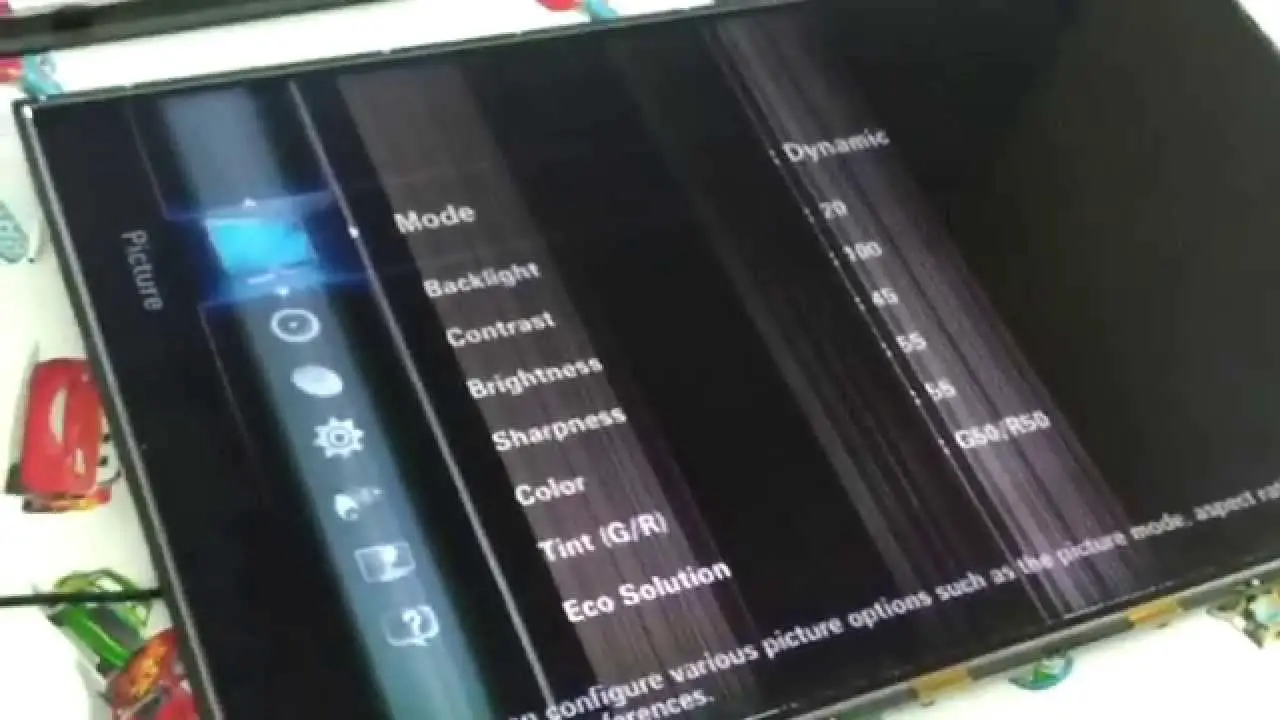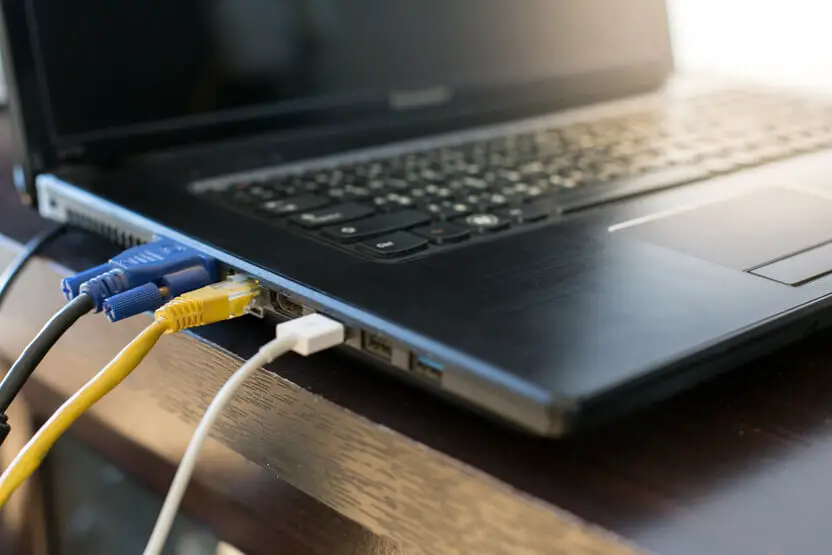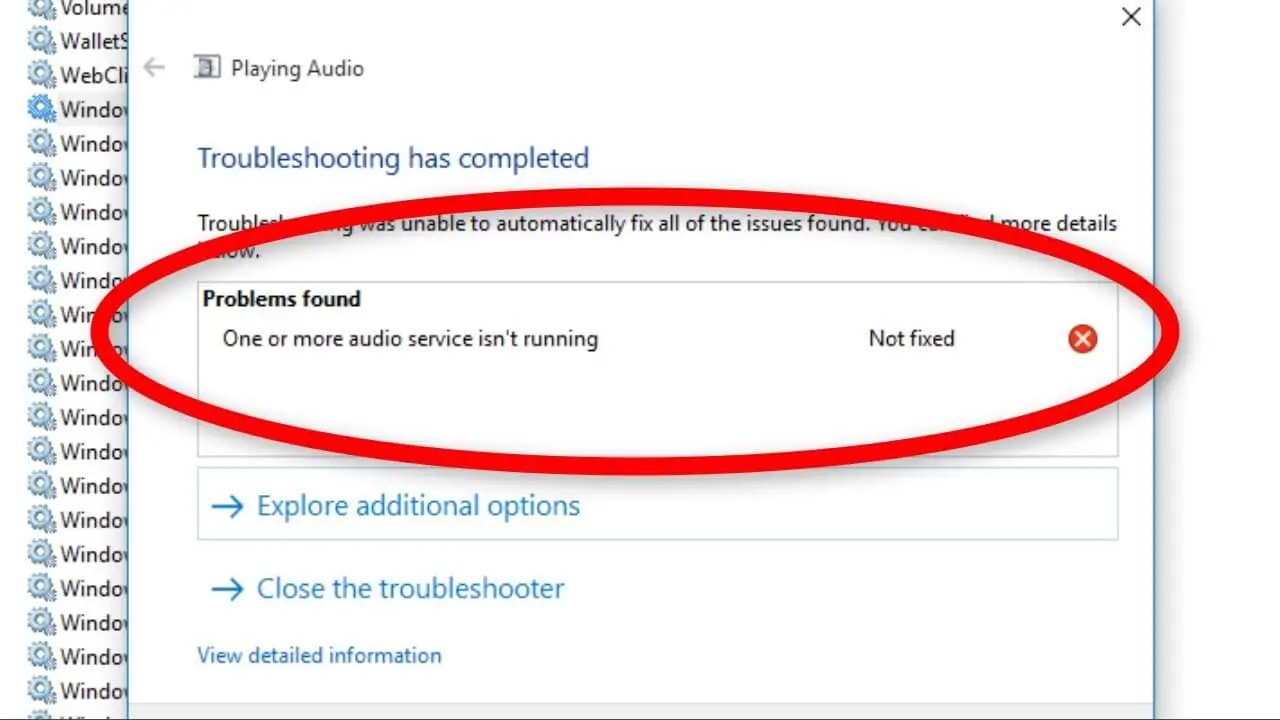How Tos
Fix Samsung TV Getting Vertical Lines And Ghosting

There are a variety of reasons why your Samsung TV may have vertical lines or ghosting.
If the Samsung TV has a connection or processing issue it is likely that you will have vertical lines and ghosting. Additionally, if the TV and the processing board aren’t properly connected, it could display the error. It could also occur when the scalar PCB T-Con or Cof -IC are defective.
Why Is There A Single Vertical Line On My Samsung TV?
If the T-Con board is not functioning or the wire is damaged it will disconnect the television from the screen. The disconnect makes the screen images appear to be overlapping in a blurred manner. Additionally, if there’s an insufficient connection between the screen and the processing board you’ll likely see one horizontal line appearing on the Samsung TV.
In addition, a defect in any component of the TV screen could cause the issue. A case in point is a problem within the computer’s scalar board that is responsible for supplying the data for pixel pixels to the motherboard as well as the T-Con board could cause the issue. The T-con is an instrument for controlling timing. Therefore, if it’s defective, this means that it might not be able to regulate the timing of pixels displayed on the screen effectively.
Cof-iC connection problems – when you are unable to connect the screen with the other aspect of the television It makes it difficult for your screen to obtain the correct pixel information. If the CofIC is damaged, replace it with the Tab bonding machine. You then connect the TV components directly to your screen.
Screen damaged excessive moisture or water on the screen are likely to harm the screen. Therefore, your television could show vertical lines.
Devices nearby – If you place your TV in proximity to the air conditioner or microwave it could display the error. If you put it close to an unshelled sound system or your mobile phone, it could affect the signal, causing the color to shift. It is possible to fix this issue by changing the position of the devices.
Cables and wires that are loose wires and cables loose control board cables, or even grounding issues could harm the screen. The best solution is to get the loose wire replaced. It’s also possible to temporarily solve the issue by tapping the back of the wire. It might stop showing the lines for a short period of time. You can attempt to resolve the issue and repair the damaged wire.
What Causes Vertical-Colored Lines On A TV Screen?
If the T-onboard stops functioning or have there is a loose connection to a flat cable can result in vertical lines appearing upon your screen. In addition, if the T-Con board is damaged and not working, or if there is a flaw in the flat cable connection or a damaged T-Con board module you could see vertical lines appearing on your TV screen.
Additionally, when Tv frames begin to rust and then spread to the Flat Cable connectors, they could cause vertically colored lines in the LCD. If humidity gets onto the flat cable connector it could cause the LED TV’s frame to rust and result in lines of color appearing in the LCD.
The function for the T-Con controlling or synchronizing the time of formation of images. It accomplishes that by turning on the LCD/LED panel to show images. The shape of the panel varies based on the model of the TV. Also, if the cable connects to the T-Con has stopped functioning because of dirt or contaminants, or rust, it will cause vertical, drawn lines on your TV’s screen.
It is possible to solve problems with the T Con block by analyzing the VGH or VON voltage at the T Con. The voltage should range somewhere between 25-30V. The G Off or VGL voltage needs to be between -7 and 15V. Also, verify the voltage of the digital Vdd on your digital device. It should be between 1.2-3.3v.
How Do I Fix Ghosting On My Samsung TV?
If the images that appear are blurry or appear to follow one another this is referred to as ghosting. In some instances, if images are moving too fast the images may become distorted and cause you to experience blurred effects. However, this can occur if Auto Motion Plus is off.
It is possible to fix the ghosting issue by connecting the TV to sources like HDMI ports. It will allow you to determine whether the issue is related to either the device or the source. Try to remove it from power sources and then wait for at minimum a moment before reconnecting it. Also, make sure to update the TV’s firmware in case it’s still running the previous firmware.
It is possible to reset the setting for your picture using the Home button and then move to the locations on your screen. Choose pictures on your left-hand side, and then select the expert settings. Navigate to settings for the Auto Motion Plus settings, click it, then Enter on your remote.
In the Auto Motion Plus, setting page scroll down select the currently utilized option, and then press enter.
If you’re selecting the Auto Motion plus setting, you can select custom that allows you to choose and make your preferred adjustments
How Do I Fix Vertical Lines On My Samsung TV?
The TV may show vertical lines to the screen if there is a problem with processing. This could be caused by an insufficient connection between the panel and the processor board. This is an everyday issue that you can solve on your own.
You can also solve the issue by removing the ribbon that is flat and re-inserting it. Be cautious since the cables are delicate and are susceptible to damage. Make sure that the connectors’ lock tabs are not locked before you remove them. If this isn’t able to resolve the problem, you should consult a specialist.
In some instances, vertical lines may result from a defective component. Below are the components that might have problems and solutions to fix the issue.
Scalar PCB If you see horizontal and vertical lines, it could be due to a defective Scalar PCB. It is possible to fix the issue with a replacement PCB.
T-Cona defect in the card that controls timing causes it to become difficult for pixels to show up in time. This causes vertical lines. It is possible to fix the issue by repairing the damaged T-con or by replacing it with a new one.
Cof-ICCof-IC It connects your screen with the other components of your television. If it’s damaged, there will be no pixels on the screen. So, repair it by replacing the Cof-IC with Tab bonding machines.
Sometimes, the video cables that connect to the TV could be the reason for the issue. If the issue is due to linking the cables to the console game or blue-ray player, you will have to unplug it and reconnect it again.
If the reason for the stripes is a problem with the resolution of those video channels you might need to turn on the device and change the resolution to ensure it is in line with the resolution of your TV.
Learn more about the resolution of your TV from the instruction manual. You may also require a check of whether the decoder is working. Sometimes, the issue could be related to the decoder. In this instance, you might need to call the service provider.
If the problems are caused by outdated TV software, updating the software will fix the issue. However, if it isn’t working then you can look at other options.
TV factory setting – Sometimes, the TV’s settings can be corrupted which makes it an impossible task for the television to operate exactly as it ought to. In this situation, you could think about resetting the TV’s settings back to the original.
Conclusion
Vertical lines, also known as ghosting, are the most frequent issue, not only in Samsung TVs but also in other brands.
It could be due to the component being defective or a disconnect. Be sure to pinpoint the cause of the issue prior to trying to resolve it. If it’s a damaged component, contact an expert to repair it.

-

 Explained7 months ago
Explained7 months agoWhy Did iMessage Turn Green Explained!
-

 List7 months ago
List7 months ago1337x Proxy List For 2022 [100% Working 1337x Mirror Sites]
-

 How Tos7 months ago
How Tos7 months agoHow To Get A Specific Phone Number for yourself?
-

 List3 years ago
List3 years ago11 Best Music Players for Android Auto
-

 Explained7 months ago
Explained7 months agoWhat is Android System WebView? Should You Delete it?
-

 Explained7 months ago
Explained7 months agoHow Can Monitors Be Connected By USB? (Explained)
-

 How Tos7 months ago
How Tos7 months agoHow To Fix This Webpage Is Not Available Error In Google Chrome
-

 Gaming7 months ago
Gaming7 months agoNeal Fun Spend: Spend Bill Gates and Elon Musk Money





